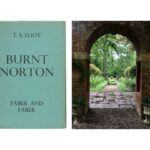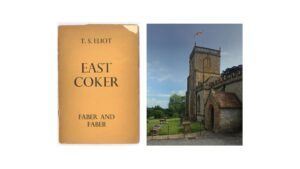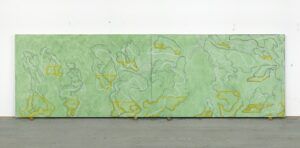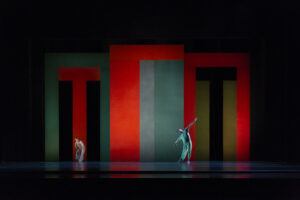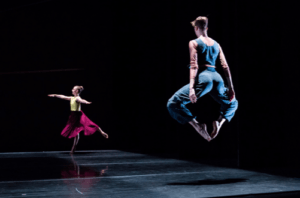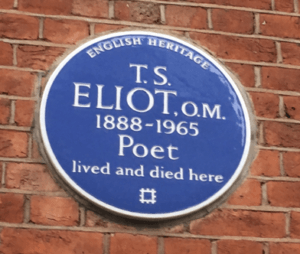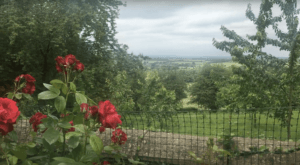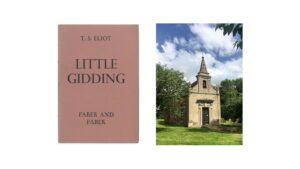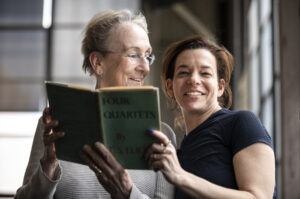T. S. Eliot named the Four Quartets after four places that held special significance for him. As Pam Tanowitz began conceiving her performance, we decided to visit the four sites which inspired Eliot to write the poems. We made our journey in May and June 2017, as a kind of pilgrimage in search of a deeper understanding of the Quartets. In the next four entries, I’ll write about some of our experiences.
• • •
Burnt Norton is a large estate in the Cotswolds, close to the town of Chipping Camden in Gloucestershire. For generations, the estate has been owned by the Earl of Harrowby, and the current Lord and Lady Harrowby showed us around the house and gardens. In 1934, Eliot and his girlfriend Emily Hale had been hiking nearby and trespassed through the Norton grounds. Eliot had a kind of mystical experience there, by the edge of a drained pool, which he recorded two years later in the first Quartet, “Burnt Norton.”
In the poem Eliot guides the reader through layers of memory and into a rose garden, which I had always assumed was a symbolic rather than actual place:
Footfalls echo in the memory
Down the passage which we did not take
Towardsthedoor we never opened
Into the rose-garden. My words echo
Thus, in your mind.
As Lord and Lady Harrowby led us into the garden, though, we discovered it was in fact exactly as Eliot described it – a concrete representation of a very real place. We first came to the rose garden, which somehow reminded us of the garden of live flowers that Alice finds in Through the Looking-Glass—perhaps because of Eliot’s depiction of the self-conscious roses, which “had the look of flowers that are looked at.” Here is the rose garden.
Beyond the roses is a gateway – ‘through the first gate, / into our first world’ – which leads to the ‘empty alley’ of Eliot’s poem. The alley leads to a formal garden, with the ‘box circle’ that I had never been able to picture – and suddenly there it was, a ring of topiary. And then, next to the formal garden, was the ‘drained pool’ where Eliot had a mysterious vision of a lotus flower rising from a mirage of water. Lady Harrowby explained that the pools were intended to be filled with water, but they leaked, so had always remained dry.
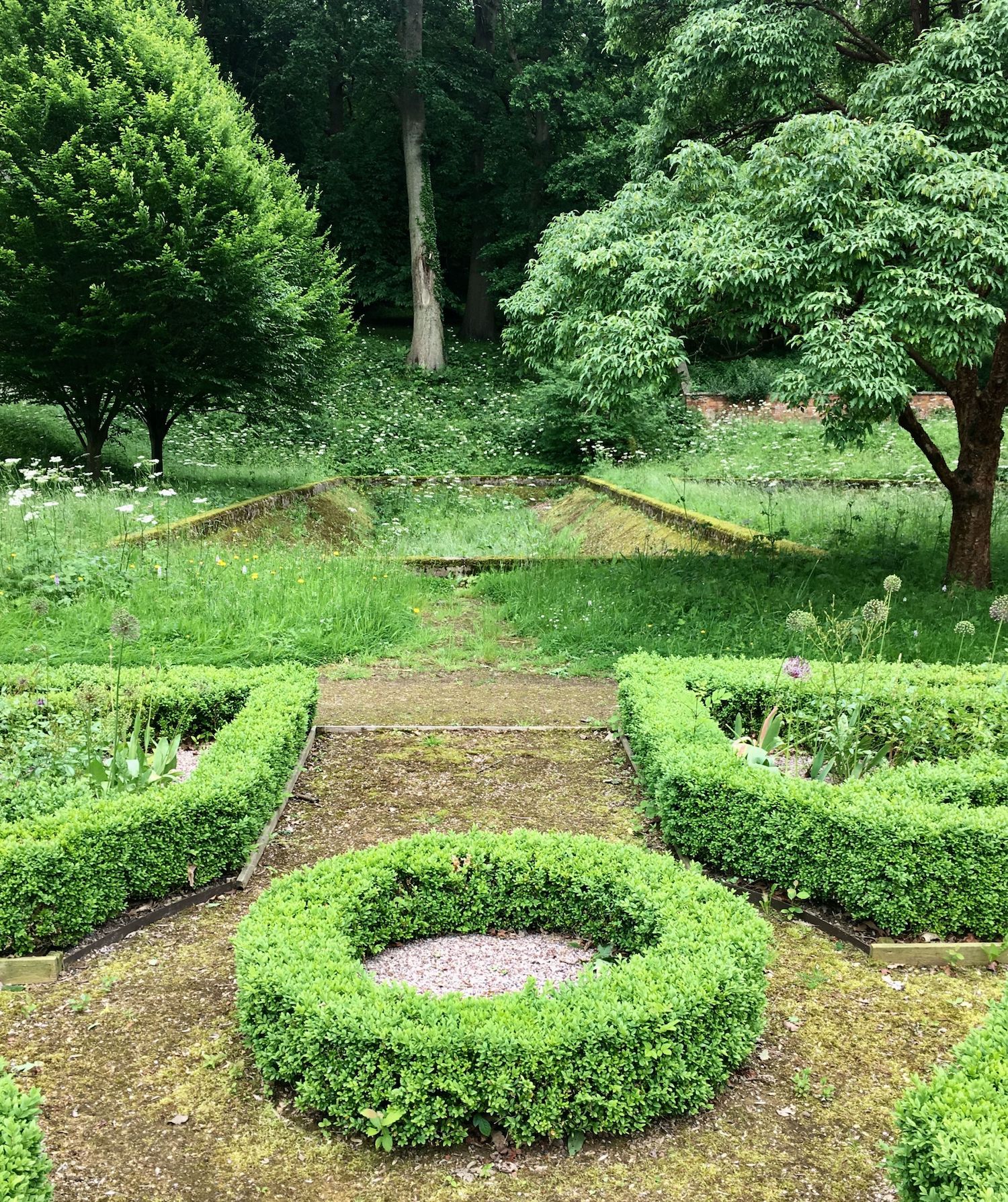
Photo by Gideon Lester
As Pam and I thanked the Harrowbys and left, we noticed a large bell hanging in a nook on the side of the house. It reminded us of the bells that recur throughout Four Quartets. In “Burnt Norton” Eliot wrote:
Time and the bell have buried the day,
The black cloud carries the sun away.
Was he thinking of this very bell that we were now looking at, set into the side of the house?
• • •
The garden was full of birdsong when we visited, and a strong wind blew through the trees, as you’ll see in the video I posted on this blog a few weeks ago. It was easy to imagine that “the leaves were full of children, / Hidden excitedly, containing laughter”—and also to imagine Eliot standing here, 83 years earlier, in this half-wild garden at the heart of the English countryside. For a moment past, present, and future seemed to coincide, and we understood the opening lines of the poem in a new and vivid way.
